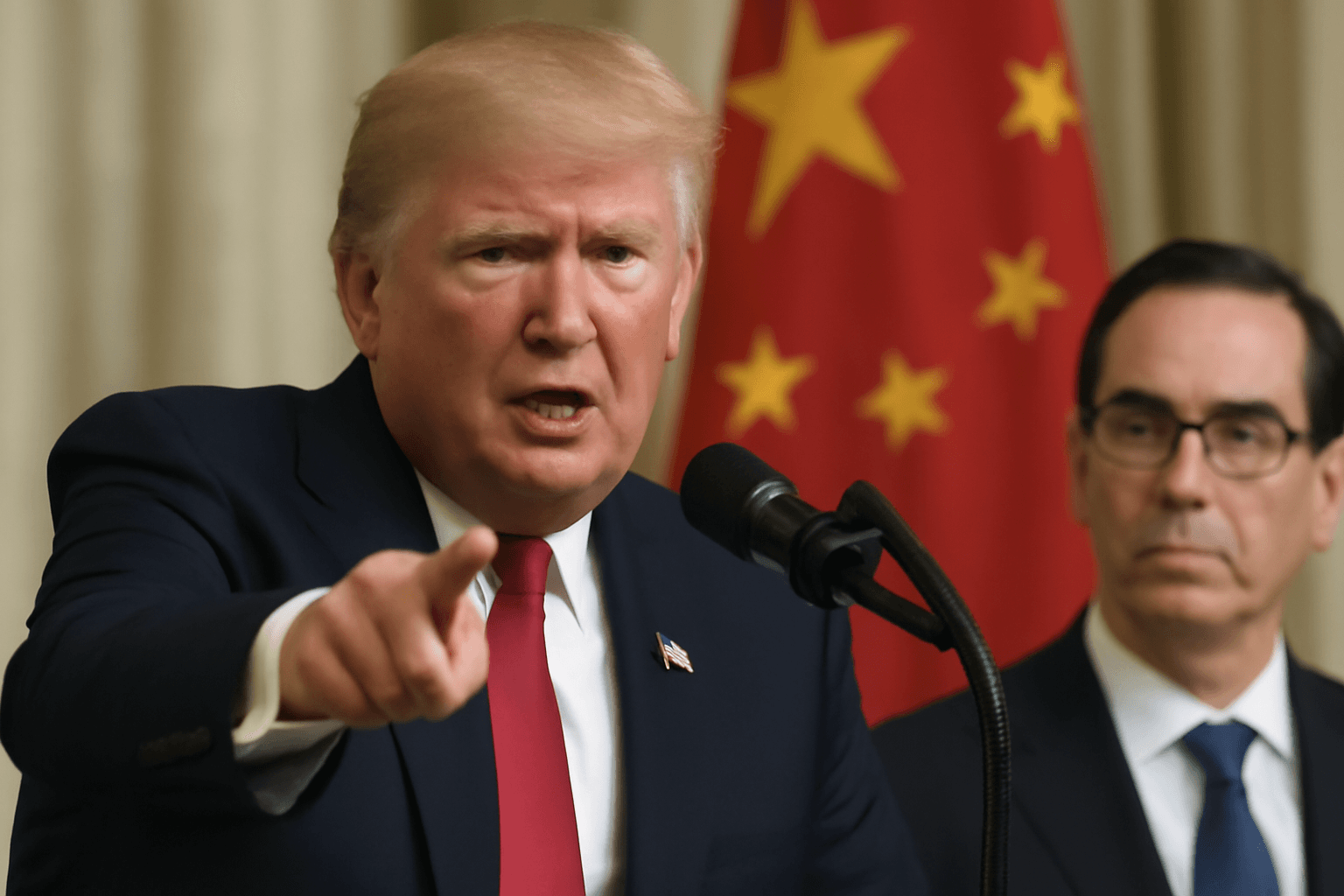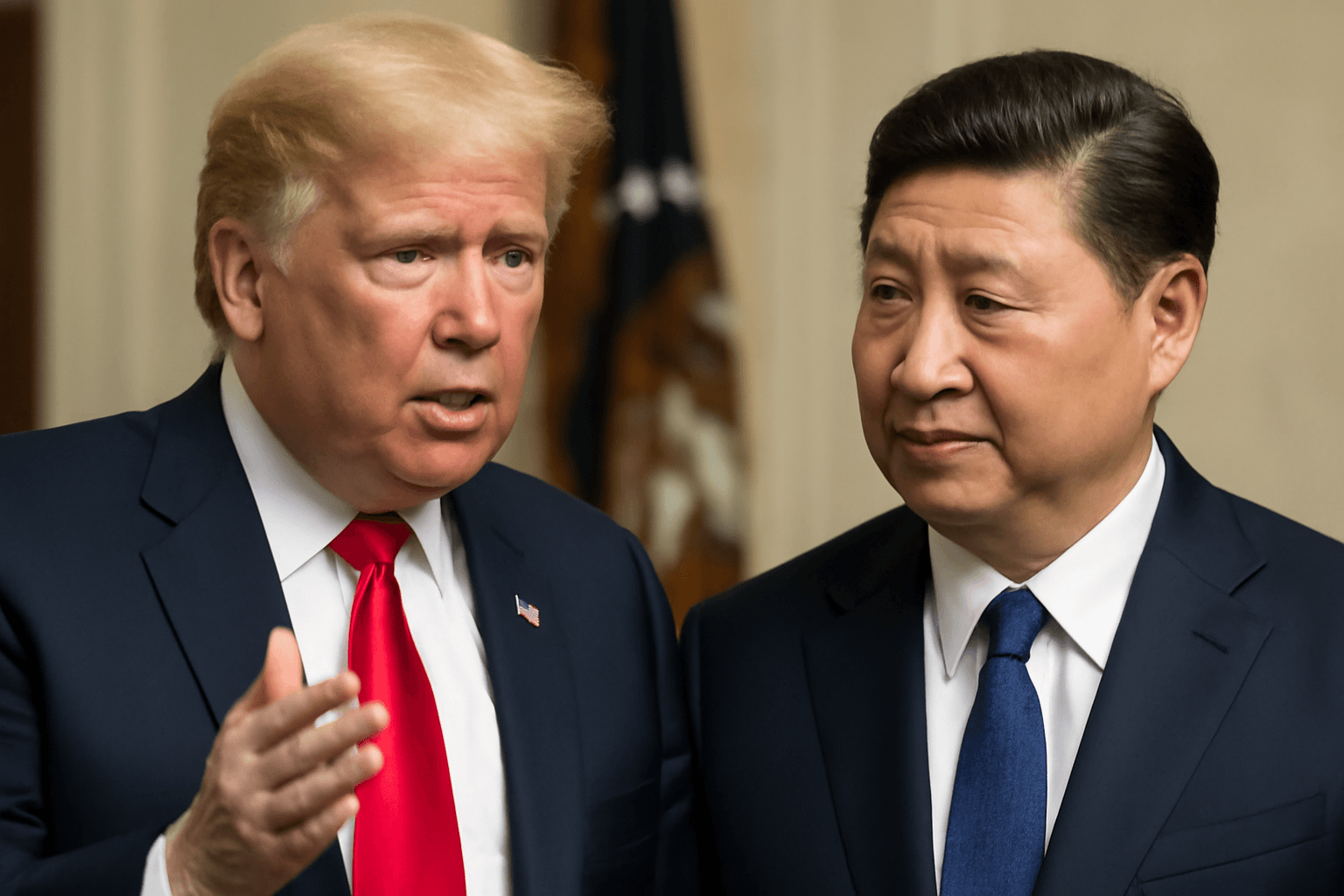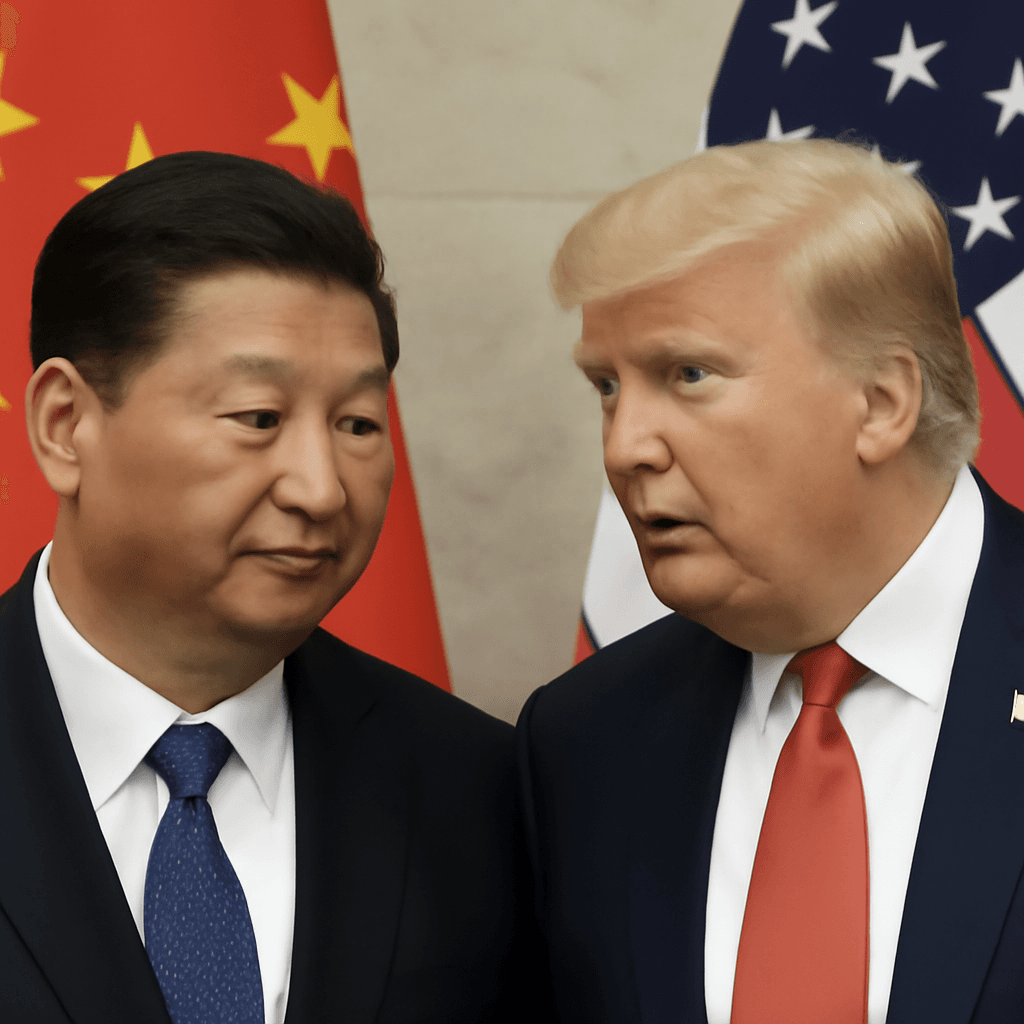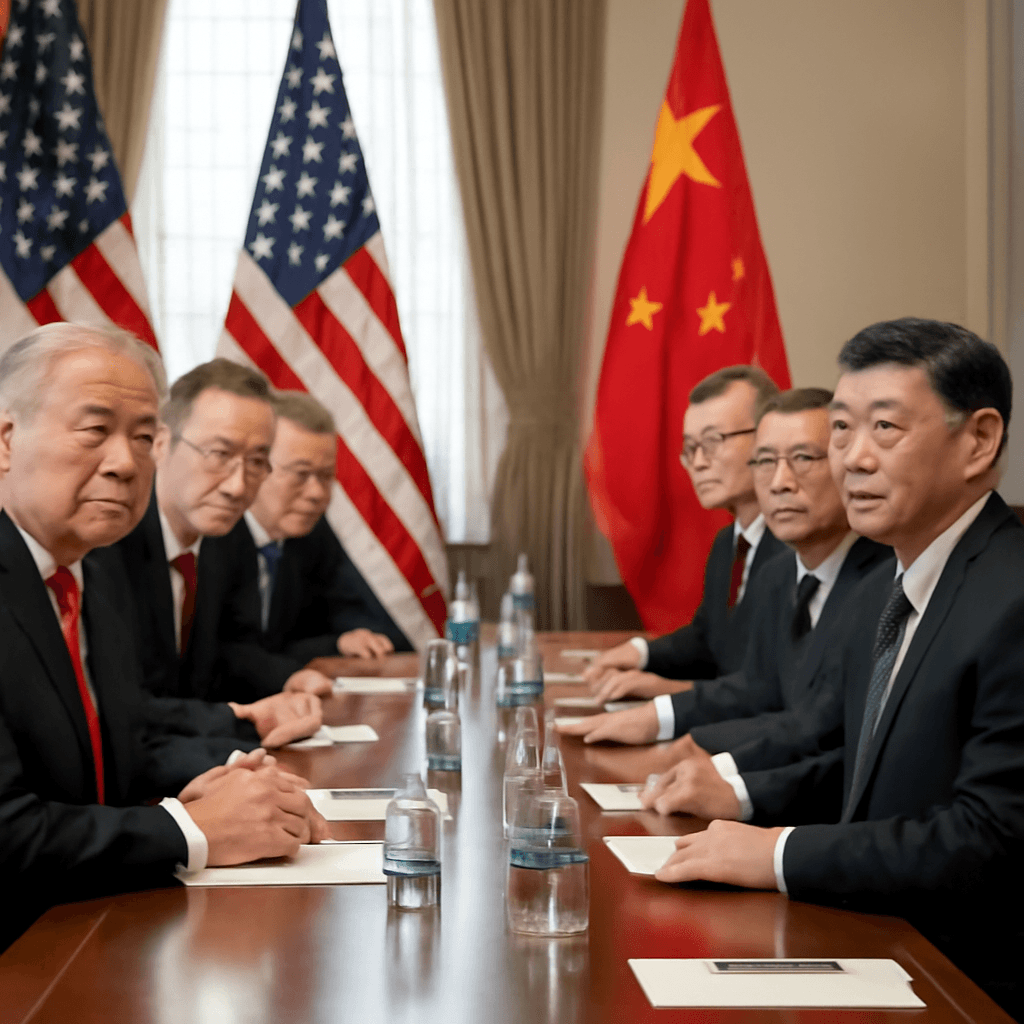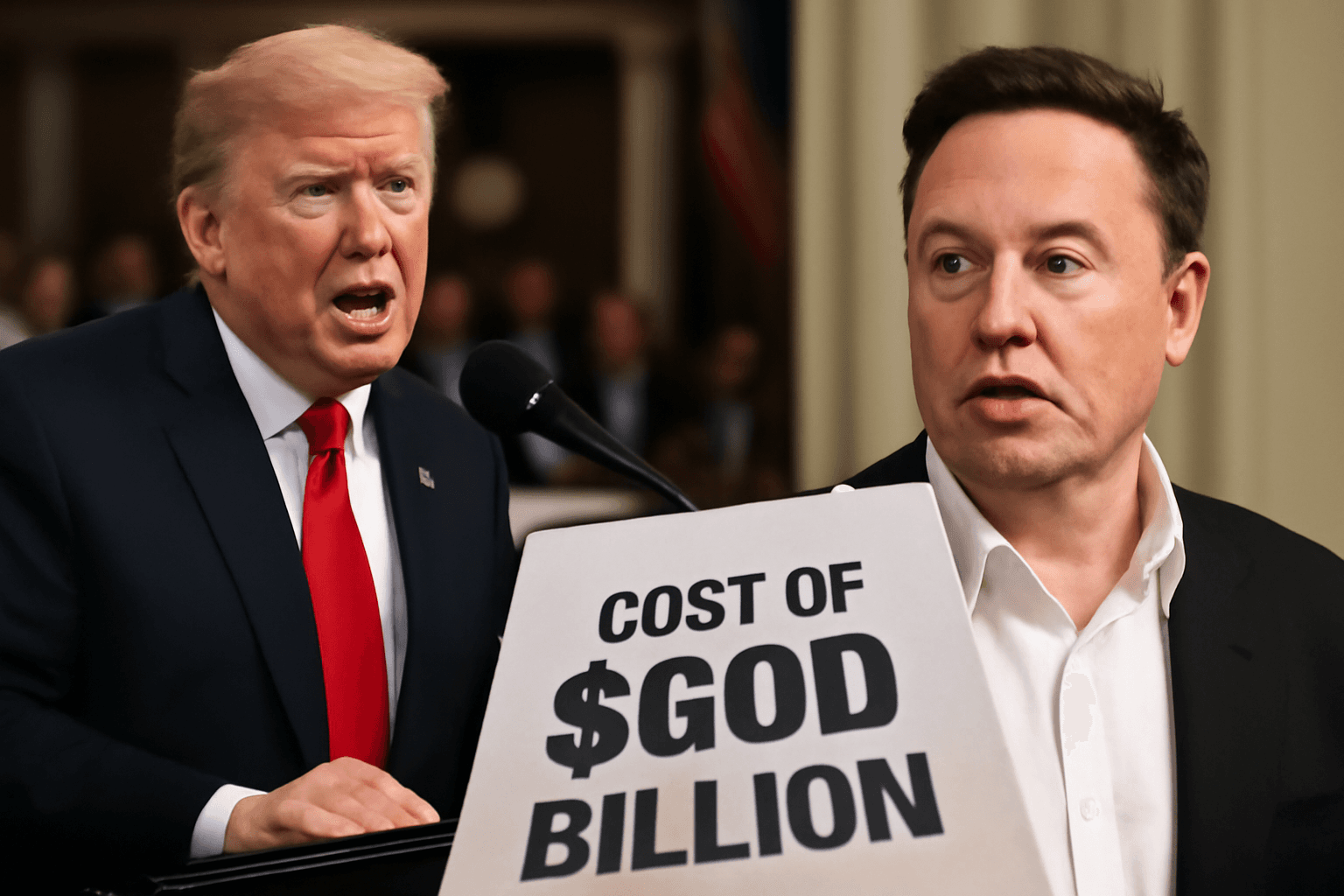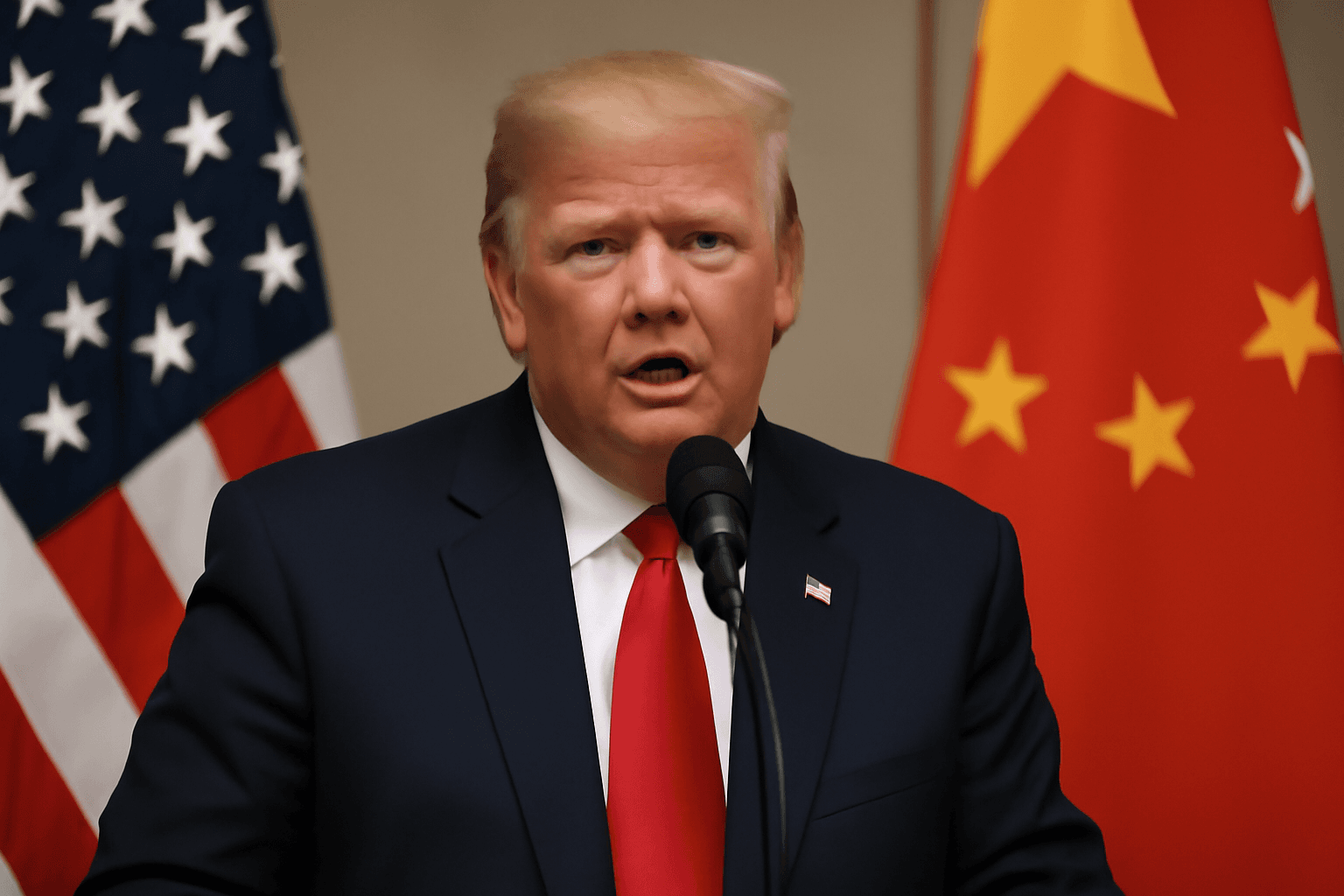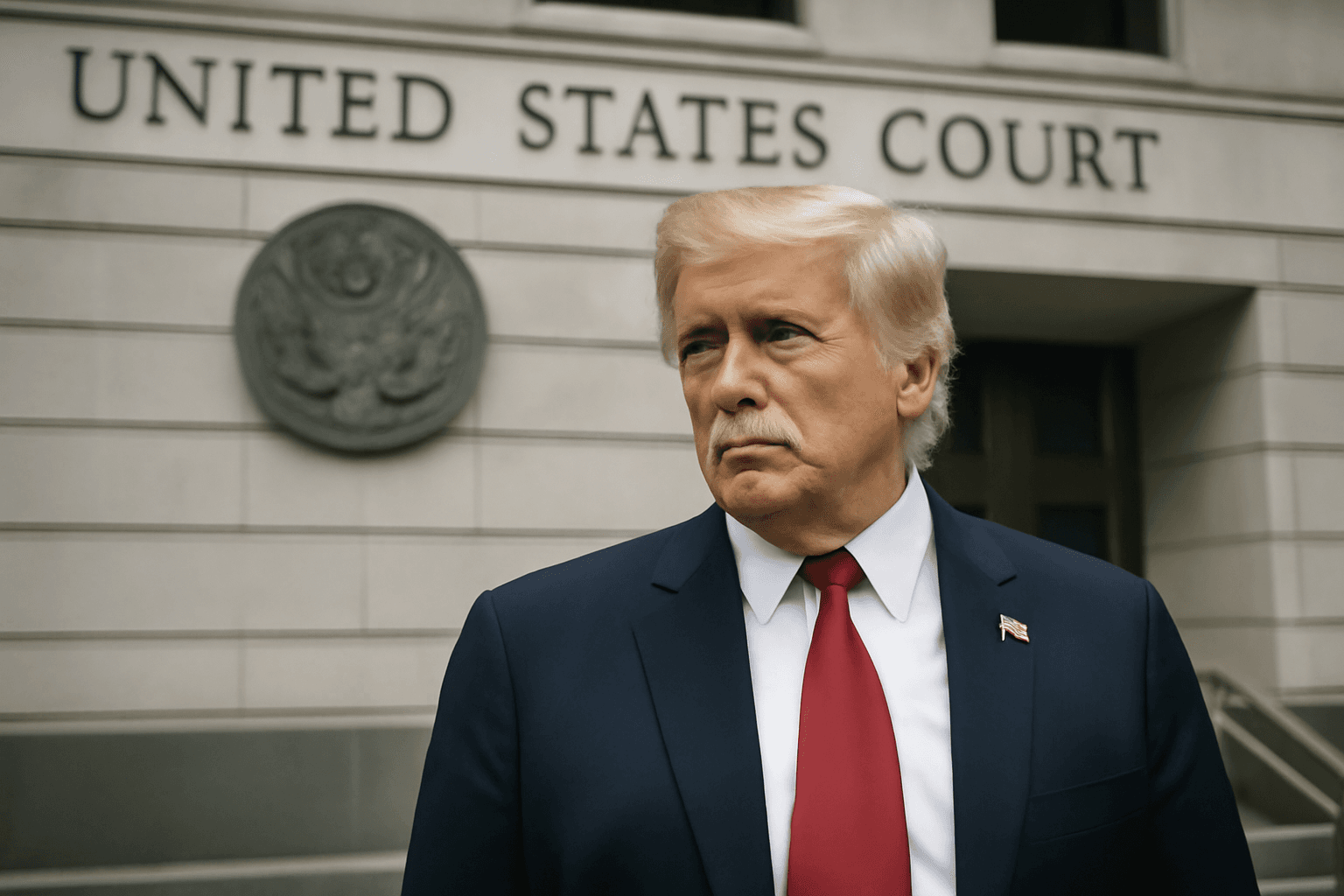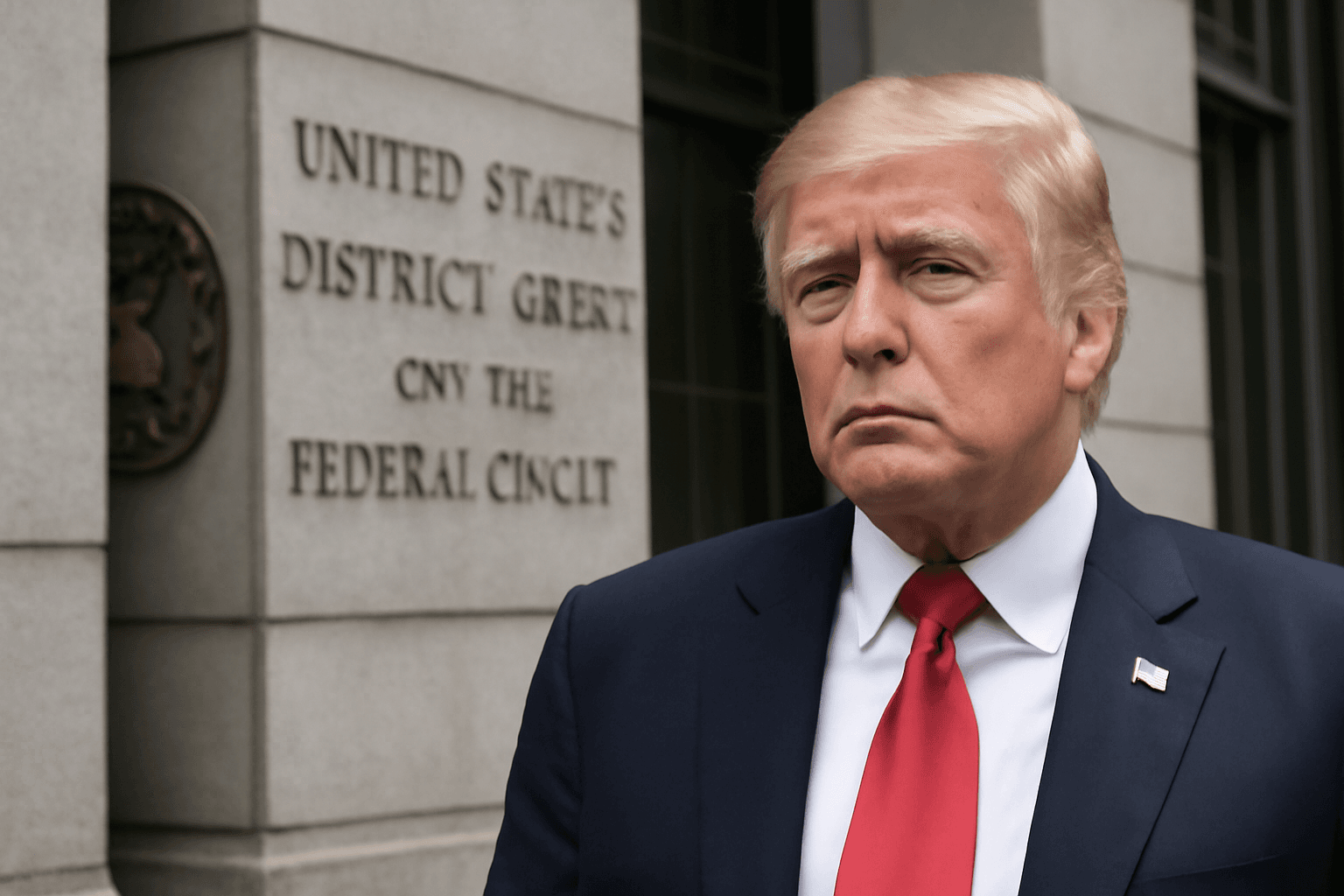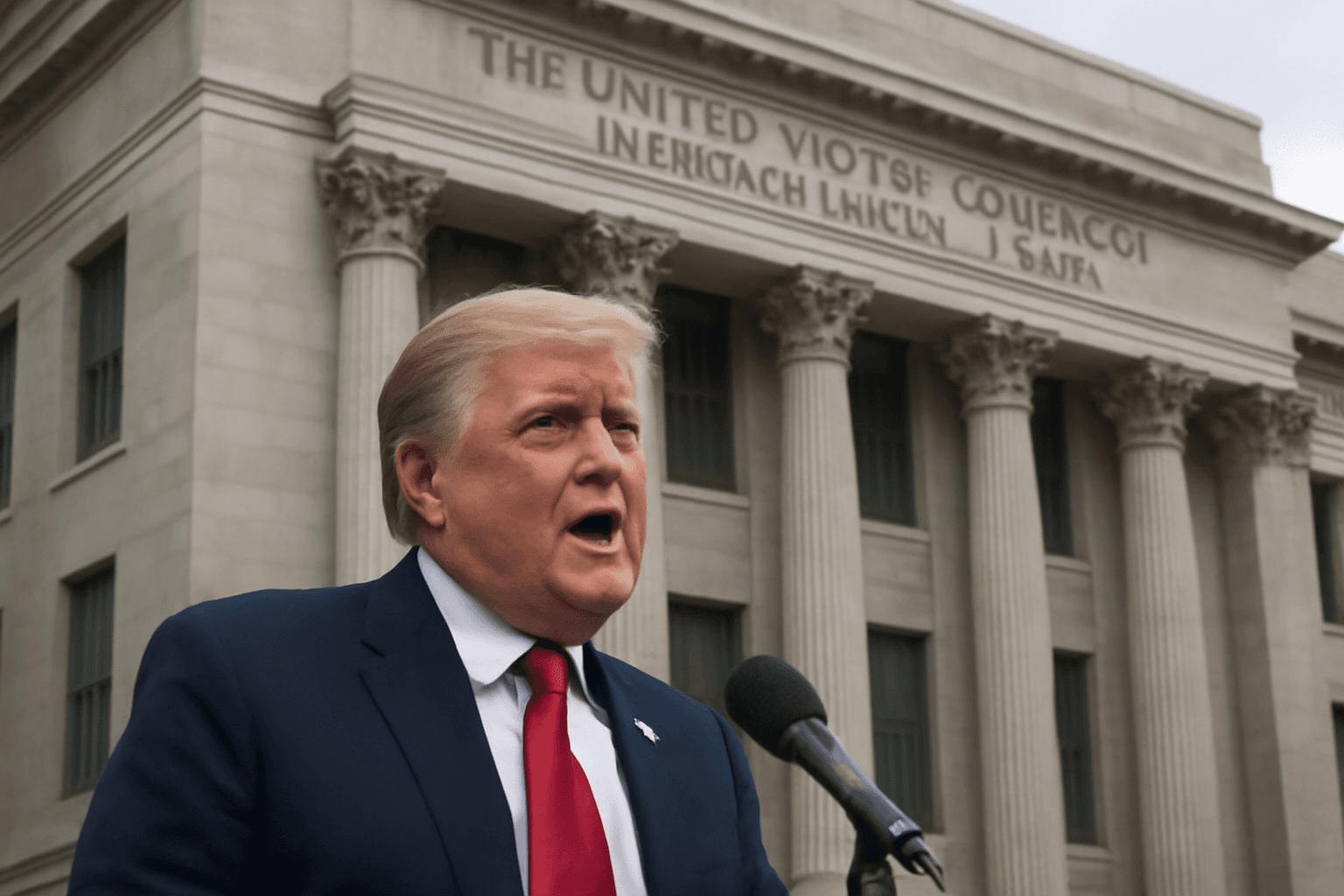Despite a recent federal court ruling challenging former President Donald Trump's tariff policies, China is strategically preparing for a sustained economic confrontation with the United States. The focus remains on key sectors such as semiconductors and broader strategic planning, signaling Beijing's expectation of ongoing pressure from Washington, irrespective of potential shifts in negotiation approaches or personnel.
A three-judge panel from the US Court of International Trade recently determined that Trump's application of the 1977 International Emergency Economic Powers Act (IEEPA) to impose punitive tariffs—up to 50% on countries with trade surpluses and 10% on others—exceeded the executive branch's authority. While some tariffs based on other statutes were upheld, those relying on IEEPA were invalidated, following combined lawsuits from American businesses and state governments.
Although there is a temporary 90-day pause on the more aggressive 'reciprocal' tariffs, the Trump administration has promptly appealed the decision. Trade expert Wendy Cutler noted that the ruling introduces significant uncertainty into US trade policy, potentially encouraging negotiating partners to delay concessions until legal clarity is restored.
Long-Term Economic Friction Anticipated
In response to Washington’s unpredictable trade stance, China's leading Communist Party publication, Qiushi, issued a clear message ahead of new US restrictions targeting China's semiconductor and education sectors. The commentary emphasized an increasingly hostile global environment and the necessity for Chinese policymakers to adopt long-term preparedness for persistent confrontation.
The journal stated, 'The US turned away from the negotiating table and immediately intensified its pressure on China’s semiconductor industry. This indicates that resolving trade issues will not happen overnight.' It further underscored China’s resilience, citing strong economic fundamentals and extensive experience managing trade frictions as factors enabling China to confront ongoing challenges effectively.
Echoing this, Ding Shuang, chief economist for Greater China at Standard Chartered, remarked that Beijing has been planning for worst-case scenarios since early 2025. He noted that should US-China trade tensions escalate again, additional stimulus measures might be introduced to mitigate economic impacts.
Shifting US Tactics and Leadership Speculated
Prior to the court ruling, Chinese experts already anticipated a tactical shift from the US. Wu Xinbo, dean of Fudan University’s Institute of International Studies, suggested that while tariffs may remain part of US strategy, President Trump is likely to temper the extremities observed initially, adopting more restrained yet multifaceted tactics.
Wu predicts the US might increasingly leverage pressures in technology, diplomacy, and security realms, especially following limited success of tariffs against China coupled with notable economic fallout domestically in the US. For instance, moves such as visa restrictions on Chinese students have intensified tensions.
Moreover, Wu speculated a possible return of hardline figures like Peter Navarro or Stephen Miran to negotiate, signaling potential for aggressive policies aimed at decoupling economic ties. Currently, Treasury Secretary Scott Bessent, seen as pragmatic, is guiding negotiations. Wu summarized, 'Trump switches gloves depending on the situation; this adaptability is a hallmark of his trade tactics.'
As the US-China trade conflict evolves, Beijing appears resolute in its strategy to manage economic pressures while preparing for a prolonged phase of uncertainty and rivalry.



